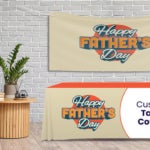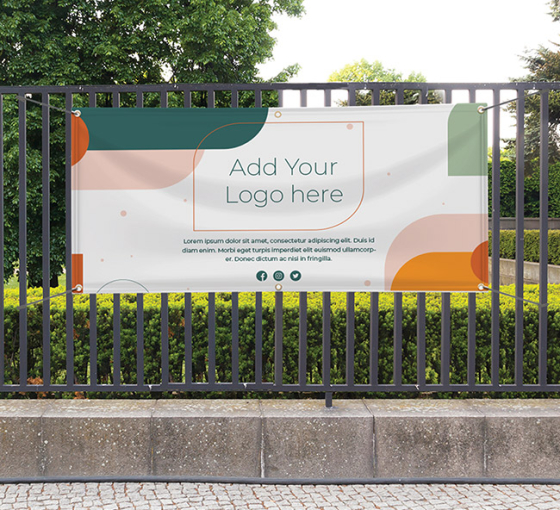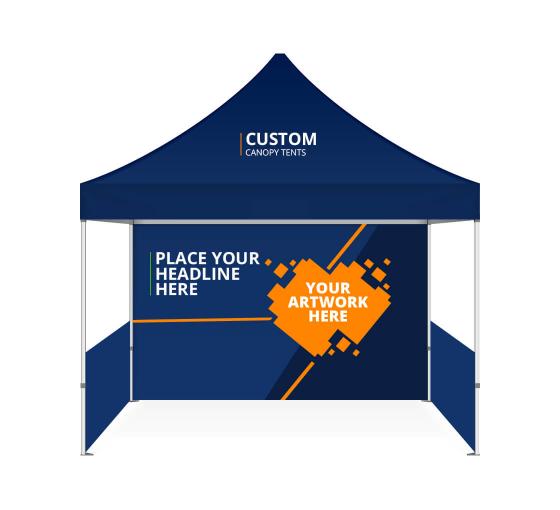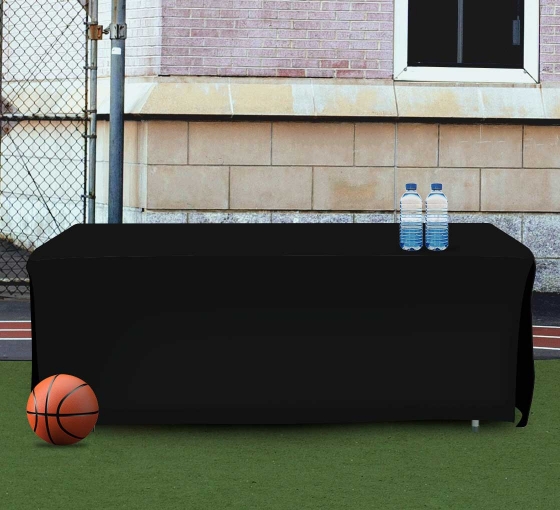Dating back to the invention of language, signage for branding and marketing has always been incredibly popular among businesses worldwide. Signs offer a simple, relatively cost-efficient way to attract customers and promote your brand. Be it indoors or outdoors, signs require proper design from graphics to the physical materials used
One of the most important decisions when designing a sign is choosing the material for the lettering on your signage. Poorly designed lettering will leave you with a sign that, at best, is hard to read, and at worst, will fall apart. Before you purchase a brand new sign for your business, follow these tips for choosing the best material for lettering your sign.

Choose a Sign for Your Budget
Financial constraints play a huge role in determining what kind of lettering business owners opt for. Metal options such as aluminum, brass, and stainless steel are significantly more expensive than plastics such as PVC, acrylic, and vinyl. However, you get what you pay for. More expensive materials offer greater durability, improved visibility, and overall better quality.
Overall, it’s best to be reasonable but flexible with your budget. Quality signage is a marketing investment that will benefit your business in the long run. While you may be saving money in the short term, the costs of frequent repair will add up over time.
Location of Your Sign
Another important factor in choosing your material is whether your sign is going to be installed for indoor or outdoor use. Indoor signs suffer from less wear and tear as compared to outdoor signs. As they’re more durable, metal options generally work better in outdoor conditions, though they require lettering to be secured with greater caution.
For indoor signage, BannerBuzz offers customized step and repeat banners as well as custom backdrops that’ll make sure your custom design pops.
Keep Durability in Mind
The material for the lettering that goes on your signage will depend heavily on the purpose that you are looking to achieve. Durability isn’t a concern for temporary signs, such as one-week sales or holiday offers. However, if you want to invest in a high-quality sign to be permanently affixed outside your store, durability becomes a significant factor to consider.
Generally speaking, metal-based lettering options, such as aluminum, bronze, and steel, are almost certain to stand the test of time. In contrast, plastic, wood, or foam options are ideal for shorter periods due to the lower cost of materials.
Account for Weather and Temperature
One of the most important factors when choosing the material for your lettering is exposure to weather conditions, so consider your local climate when choosing a material. For example, metal signage is more resistant to wear and temperature changes, but prone to rusting. Likewise, while plastic signs are more prone to damage, they’re more waterproof.
While you’re considering weather, include your sign’s frame in your evaluation. These must also be durable to your local climate, but need to be tailored to the needs of your lettering materials. A heavier frame may be able to hold heavier letters, but if both materials risk damage from the elements, general durability is irrelevant.
Lighting and Visibility
If you need good visibility in low light conditions, using 3D lettering and reflective materials are ideal. 3D lettering can be found in a wide range of materials such as stainless steel, aluminum, and acrylic. If 3D lettering is outside of your budget, make sure you have exterior lighting to keep your sign visible throughout the day.



















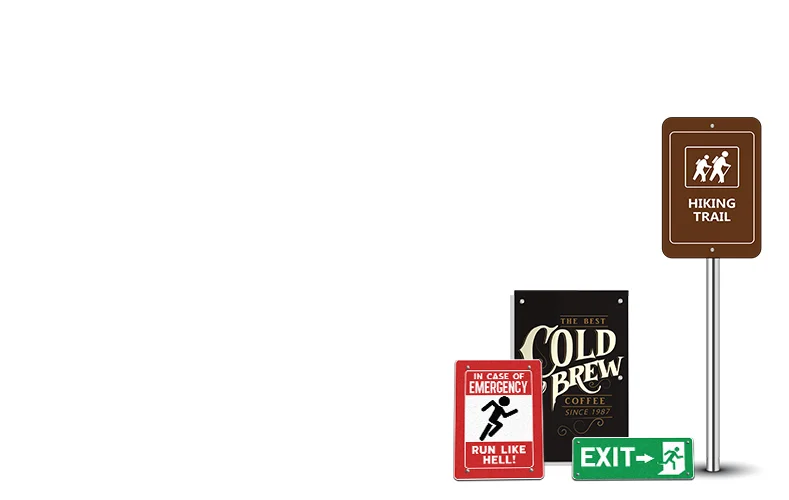
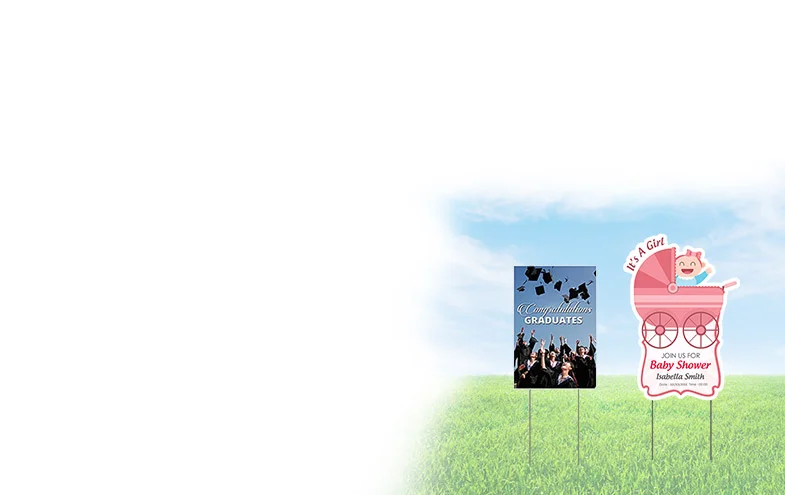



 Posted in
Posted in 



